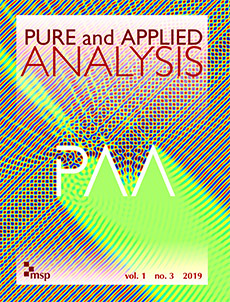Abstract
Junctions appear naturally when one studies surface states or transport properties of quasi-1-dimensional materials such as carbon nanotubes, polymers and quantum wires. These materials can be seen as 1-dimensional systems embedded in the 3-dimensional space. We first establish a mean-field description of reduced Hartree–Fock-type for a 1-dimensional periodic system in the 3-dimensional space (a quasi-1-dimensional system), the unit cell of which is unbounded. With mild summability condition, we next show that a quasi-1-dimensional quantum system in its ground state can be described by a mean-field Hamiltonian. We also prove that the Fermi level of this system is always negative. A junction system is described by two different infinitely extended quasi-1-dimensional systems occupying separate half-spaces in three dimensions, where coulombic electron-electron interactions are taken into account and without any assumption on the commensurability of the periods. We prove the existence of the ground state for a junction system, the ground state is a spectral projector of a mean-field Hamiltonian, and the ground state density is unique.
Citation
Ling-Ling Cao. "Mean-field model for the junction of two quasi-1-dimensional quantum Coulomb systems." Pure Appl. Anal. 2 (3) 533 - 580, 2020. https://doi.org/10.2140/paa.2020.2.533
Information





